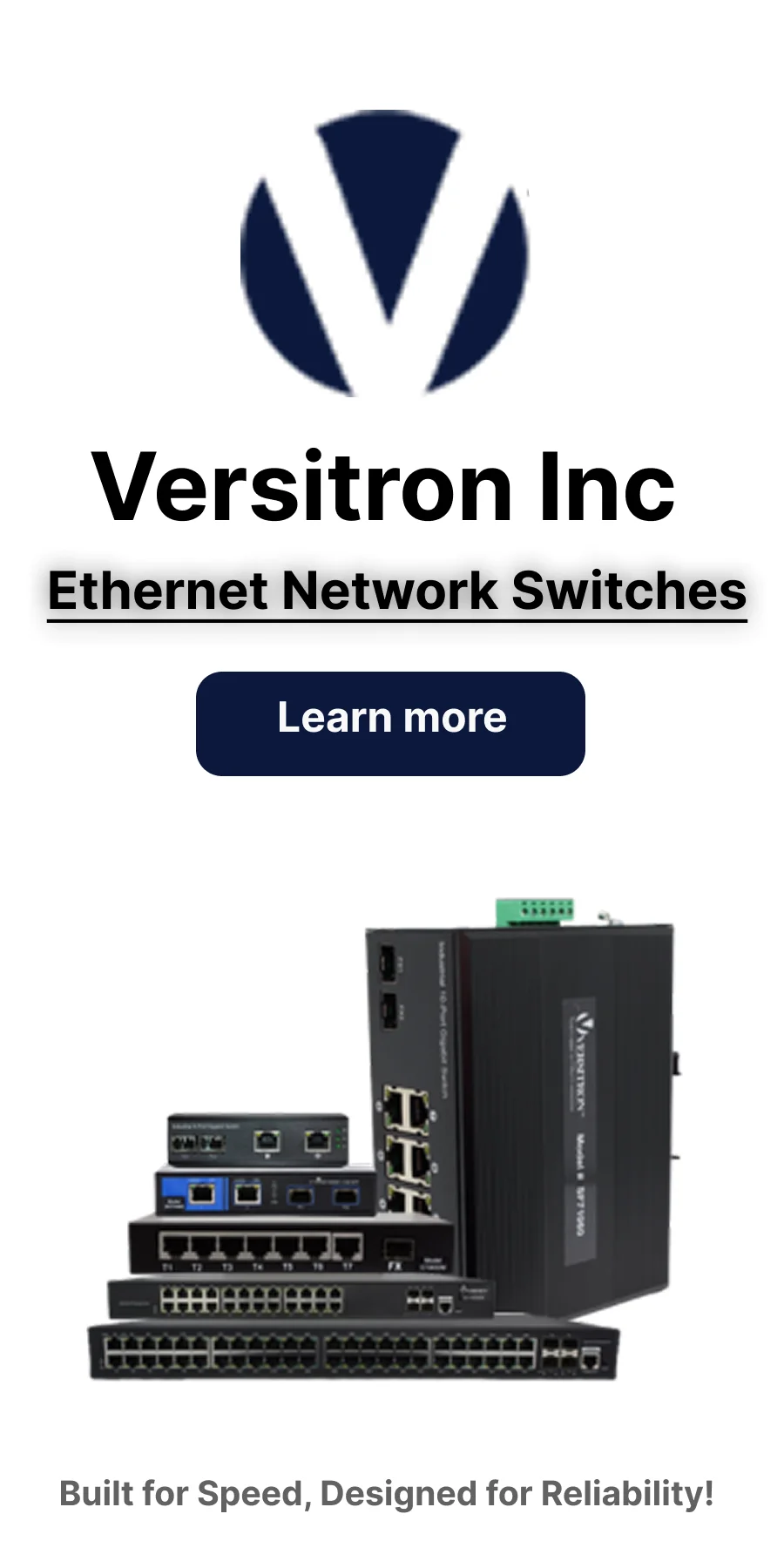Fiber optic technology is a cornerstone of modern industrial networking, enabling high-speed and long-distance data transmission with minimal interference. Among the many components that contribute to the efficiency of fiber optic networks, fiber optical switches play a crucial role in directing optical signals and ensuring seamless communication across industries like telecommunications, data centers, and automation systems.
One of the fundamental choices when selecting a fiber optical switch is the type of fiber used—single-mode fiber or multi-mode fiber. Both have distinct characteristics that impact performance, cost, and application suitability. Understanding their differences is essential for businesses looking to optimize their network infrastructure.
Understanding Fiber Optical Switches
A fiber optical switch is a network device designed to control the routing of optical signals between different fiber paths. Unlike electrical switches, fiber optical switches operate purely with light signals, reducing latency and maintaining signal integrity over long distances.
These switches are widely used in:
- Telecommunications networks, where high-speed data transmission is critical.
- Data centers, which handle high-bandwidth traffic.
- Industrial automation, where real-time data exchange is essential.
- Medical and defense systems, where secure, interference-free communication is required.
The efficiency of fiber optical switches depends largely on whether they use fiber single mode or multi-mode fiber. Each type offers distinct advantages depending on the application.
What is Single-Mode Fiber?
Fiber single mode is designed to carry a single light signal, allowing for minimal dispersion and high transmission quality. This type of fiber has a small core diameter, typically between 8 to 10 microns, which enables the light signal to travel in a straight path with little interference.
Since single-mode fiber requires a laser as its light source, it is more precise and efficient for long-distance communication. The reduced signal loss allows for transmission distances of up to 40 km or more, making it an ideal choice for applications requiring extended coverage.
Key Features of Single-Mode Fiber:
- Small core diameter (8-10 microns).
- Uses laser-based transmission.
- Supports high bandwidth with minimal signal loss.
- Suitable for long-distance communication.
Advantages of Single-Mode Fiber Optical Switches:
Single-mode fiber optical switches offer exceptional performance in long-distance and high-speed networking environments. They are commonly used in large-scale industrial applications, including telecommunications, military networks, and smart infrastructure.
Some of the key benefits include:
- Superior transmission distance – Can extend beyond 40 km with amplification.
- High-speed data transfer – Handles large amounts of data with minimal signal loss.
- Low attenuation and interference – Ensures stable, high-quality communication.
Challenges of Single-Mode Fiber:
Despite its advantages, single-mode fiber does come with higher initial costs due to the use of laser transmitters and the precision required for installation. It also requires more expertise for deployment and maintenance compared to multi-mode fiber.
What is Multi-Mode Fiber?
Multi-mode fiber is designed to carry multiple light signals at the same time, allowing for a broader and more cost-effective data transmission process. With a larger core diameter, typically 50 to 62.5 microns, it enables light to travel in multiple paths, resulting in greater modal dispersion.
This increased dispersion limits the effective transmission distance to around 2 km or less, making multi-mode fiber more suitable for short-range communication. Instead of lasers, multi-mode fiber optical switches often use LED or VCSEL (Vertical Cavity Surface Emitting Laser) technology, which is more affordable but less precise than single-mode lasers.
Key Features of Multi-Mode Fiber:
- Larger core diameter (50-62.5 microns).
- Uses LED or VCSEL light sources.
- Supports lower bandwidth than single-mode fiber.
- Best suited for short-distance transmission (up to 2 km).
Advantages of Multi-Mode Fiber Optical Switches:
Multi-mode fiber is commonly used in environments where short-range communication is needed, such as data centers, manufacturing facilities, and office networks.
Some of the major benefits include:
- Lower installation costs – More affordable than single-mode fiber.
- Easier deployment and maintenance – Requires less precision during installation.
- Ideal for high-density applications – Suitable for LANs, industrial networks, and enterprise environments.
Challenges of Multi-Mode Fiber:
Although multi-mode fiber is cost-effective, it has higher signal attenuation due to modal dispersion, limiting its ability to transmit data over long distances. It is also not as future-proof as single-mode fiber, which supports higher bandwidth requirements.
Key Differences Between Single-Mode and Multi-Mode Fiber Optical Switches
Transmission Distance and Performance
One of the most significant differences between fiber single mode and multi-mode fiber is their transmission distance. Single-mode fiber optical switches can transmit signals over much longer distances—up to 40 km or more—whereas multi-mode fiber is limited to around 2 km.
Single-mode fiber is ideal for industrial environments where long-range data transmission is required, such as telecommunications networks and remote monitoring systems. In contrast, multi-mode fiber is better suited for applications like data centers, campus networks, and industrial automation where distances are shorter but high-speed connections are still necessary.
Bandwidth and Signal Quality
Single-mode fiber provides higher bandwidth and lower signal attenuation, ensuring stable and high-speed communication over long distances. This makes it the preferred choice for applications that require maximum data transfer speeds with minimal signal loss.
Multi-mode fiber, on the other hand, supports lower bandwidth due to modal dispersion. While it can handle high data rates over short distances, its performance degrades over longer distances, making it unsuitable for large-scale networking.
Cost Considerations
Single-mode fiber optical switches require more expensive components, such as laser-based transmitters and highly precise alignment equipment. This makes them costlier to install and maintain compared to multi-mode fiber.
Multi-mode fiber is a more cost-effective solution, as it uses LED or VCSEL technology, which is cheaper than laser-based transmission. For businesses that need short-range networking at a lower cost, multi-mode fiber is often the preferred option.
Application Suitability
Single-mode fiber is best suited for long-distance, high-speed, and future-proof networks. It is commonly used in telecommunications, aerospace, defense, and smart city infrastructure where uninterrupted and secure data transmission is essential.
Multi-mode fiber is ideal for short-range, cost-sensitive applications, including enterprise networks, industrial automation, and data centers. It provides a balance between performance and affordability for organizations that don’t require extended transmission distances.
Which Fiber Optical Switch is Right for Your Business?
Choosing between fiber single mode and multi-mode fiber optical switches depends on your specific networking needs. If you require long-range, high-bandwidth transmission, single-mode fiber is the best choice despite its higher initial cost. However, if your focus is short-range networking with cost efficiency, multi-mode fiber is the more practical solution.
For industrial applications where reliability, speed, and future scalability are priorities, single-mode fiber optical switches offer superior performance. On the other hand, for businesses needing budget-friendly, short-distance networking, multi-mode fiber remains a reliable option.


